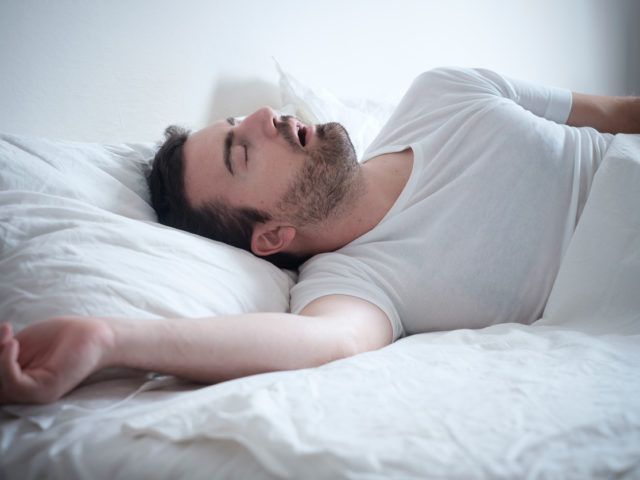
Between Exercise and Sleep
In today’s fast-paced world, it’s common for people to struggle with sleep issues. From insomnia to restless nights, many factors can disrupt our sleep patterns. One often-overlooked solution to these problems is exercise. Surprisingly, engaging in regular physical activity can have a profound impact on the quality of your sleep. In this article, we will delve into the intricate relationship between exercise and sleep, exploring the science behind it and offering practical tips to help you get a good night’s rest.
The Science Behind the Connection
1. Release of Endorphins
Exercise triggers the release of endorphins, often referred to as “feel-good” hormones. These chemicals not only elevate your mood but also reduce stress and anxiety. Lowering stress levels is crucial for improving sleep, as high stress levels are often a significant contributor to sleep disturbances.
2. Regulation of Circadian Rhythms
Your body operates on a 24-hour internal clock known as the circadian rhythm. Exercise can help regulate this rhythm by signaling to your body when it’s time to be awake and when it’s time to sleep. However, it’s essential to time your workouts correctly to avoid disrupting your sleep cycle.
3. Body Temperature Regulation
Exercise increases your body temperature, and post-exercise, your body works to cool down. This drop in body temperature can promote drowsiness and help you fall asleep faster. It’s advisable to finish your workout at least a few hours before bedtime to allow your body temperature to return to normal.
4. Reduction of Insomnia Symptoms
Insomnia is a common sleep disorder characterized by difficulty falling asleep or staying asleep. Regular physical activity has been shown to reduce the symptoms of insomnia by promoting relaxation and reducing restlessness.

Finding the Right Balance
While exercise can undoubtedly improve your sleep quality, it’s essential to strike the right balance. Overexertion or exercising too close to bedtime can have the opposite effect, potentially leading to sleep disturbances. Here are some tips to find the right balance:
1. Choose the Right Time
Morning and early afternoon workouts are generally the best choices for improving sleep. These times allow your body to reap the benefits of exercise without interfering with your sleep cycle.
2. Moderate Intensity
Opt for moderate-intensity exercises like brisk walking, jogging, or swimming. High-intensity workouts too close to bedtime may leave you too energized to sleep.
3. Consistency Matters
Consistency is key. Aim for at least 150 minutes of moderate-intensity exercise per week, as recommended by health experts. Consistent exercise will yield more significant and long-lasting improvements in your sleep patterns.
4. Listen to Your Body
Pay attention to how your body responds to exercise. If you find that evening workouts disrupt your sleep, consider shifting your exercise routine to earlier in the day.
Conclusion
The connection between exercise and sleep is a powerful one. Engaging in regular physical activity can lead to better sleep quality, improved mood, and reduced sleep disturbances. However, it’s essential to approach exercise with mindfulness, finding the right time and intensity level that works best for you. By incorporating exercise into your daily routine, you can take significant steps towards enjoying more restful and rejuvenating nights of sleep. If you enjoyed this article about otc sleep aids then visit their page for more interesting articles.




